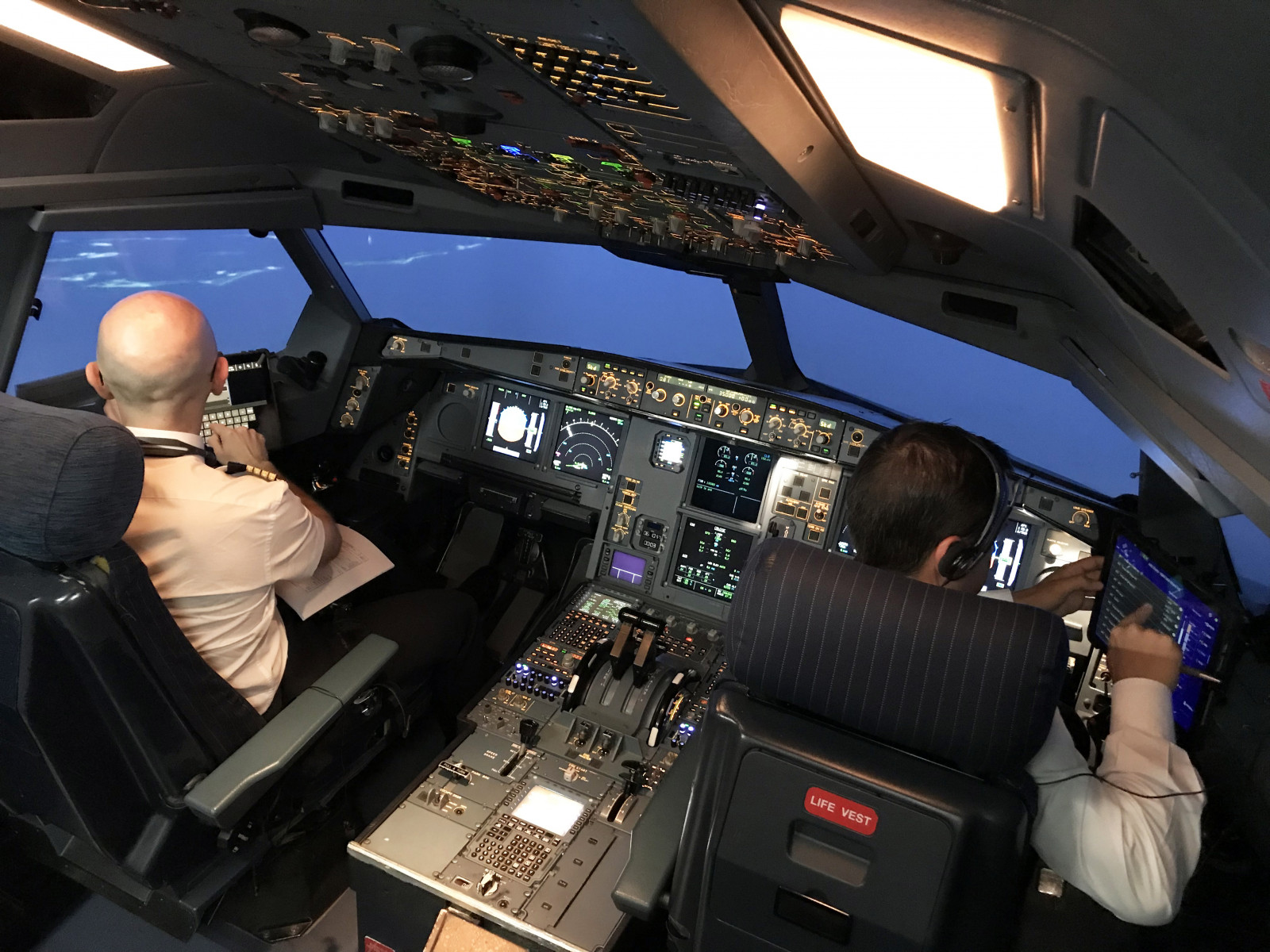Fuente: Iberia
- The new model is based on evidence analysed by international bodies and related to the various generations of aircraft.
- It increases safety since it is better suited to the late model aircraft with which Iberia is replacing its fleet.
- An initial assessment will detect each pilot’s training needs and allow personalised training in the simulate to ensure maximum skill levels.
- Training in the nine competencies specified by EASA will endow the pilot with the knowledge, skills, and attitude needed to manage any situation involving risk.
Iberia is replacing its fleet with the latest models of aircraft, which are more efficient and sustainable. The arrival of these aircraft has brought a change in pilot training, with the introduction of the new Evidence-Based Training system, or EBT, designed to make flying even safer.
Iberia is Europe’s first airline to use the EBT model for pilot training. It is based on evidence analysed by international civil aviation bodies, and is linked to each aircraft generation, differentiating failures by aircraft type.
Following a three-year transition period in which EBT and traditional training methods were combined, the EBT system is now being used alone for refresher training exercises.
“The result,” says Iberia Production Manager Rafael Jiménez Hoyos, “is a new training programme totally suited to the requirements of the last generation aircraft, and a total change in the way we train our pilots. Now we use simulators to train for what may really happen in our cockpits today, and in addition we are training our pilots in the competencies that will enable them to react appropriately in any situation.”
Holistic Training based on the Nine Competencies Specified by EASA
The EBT model groups technical and non-technical skills together in nine separate competencies define by the European Air Safety Agency (EASA), to give pilots the knowledge, skills, and attitude needed to handle any situation. They are as follows:
- Application of Procedures and adhering to norms (PRO)
- Application of Knowledge (KNO)
- Communication (COM)
- Flight Path Management, automatic (FPA)
- Flight Path Management, manual (FPM)
- Leadership and Teamwork (LTW)
- Problem Solving and Decision Making (PSD)
- Situational Awareness and information management (SAW)
- Workload Management (WLM)
Each competency is related to a set of observable indicators of behaviour, and mastery of all nine will enable pilots to manage unforeseen and potentially dangerous situations in the air.
Personalised Training
The real value of training for a pilot is that which is given by instructors qualified both in manoeuvres in the simulator and the management of possible threats and errors.
Practical assessment in the simulator on the first day identifies each pilot’s learning needs and enable instructors personalise subsequent training in the nine competencies to help each pilot hone skills to the maximum level.
When an error is made, the pilot must analyse it and consider possible causes, rather than merely repeating the exercise, as formerly. It is up to the pilot to identify the root causes, and the techniques, skills, and behaviour patterns needed to avoid or overcome the error.
Assessment in Flight to Ensure Application of What was Learned in the Simulator
In a debriefing following each training session, the instructor and the pilot will identify both the positive actions and the learning opportunities, in a process of continual improvement.
Lastly, the assessment in flight will verify that the nine competencies developed in the simulator are used in the air.

